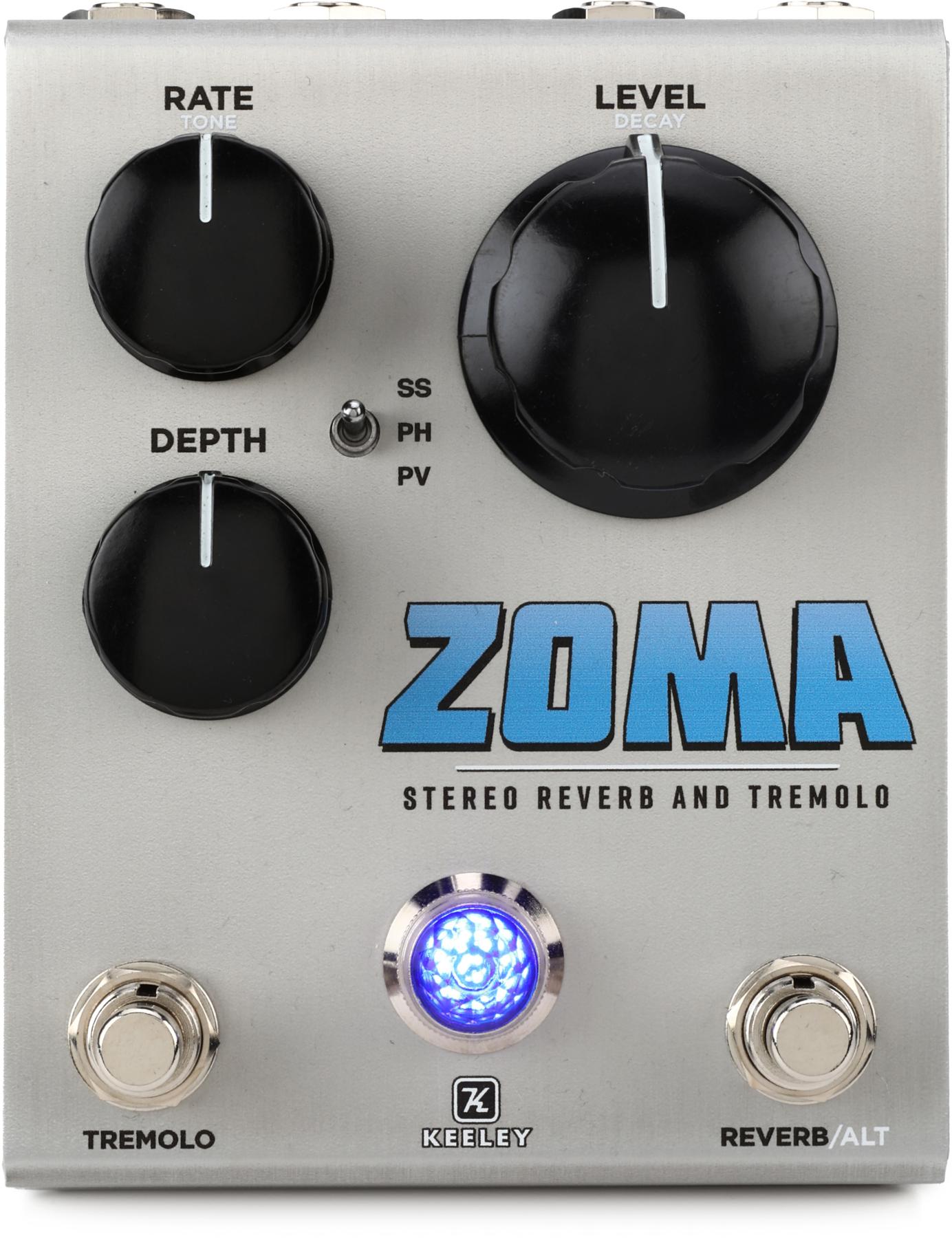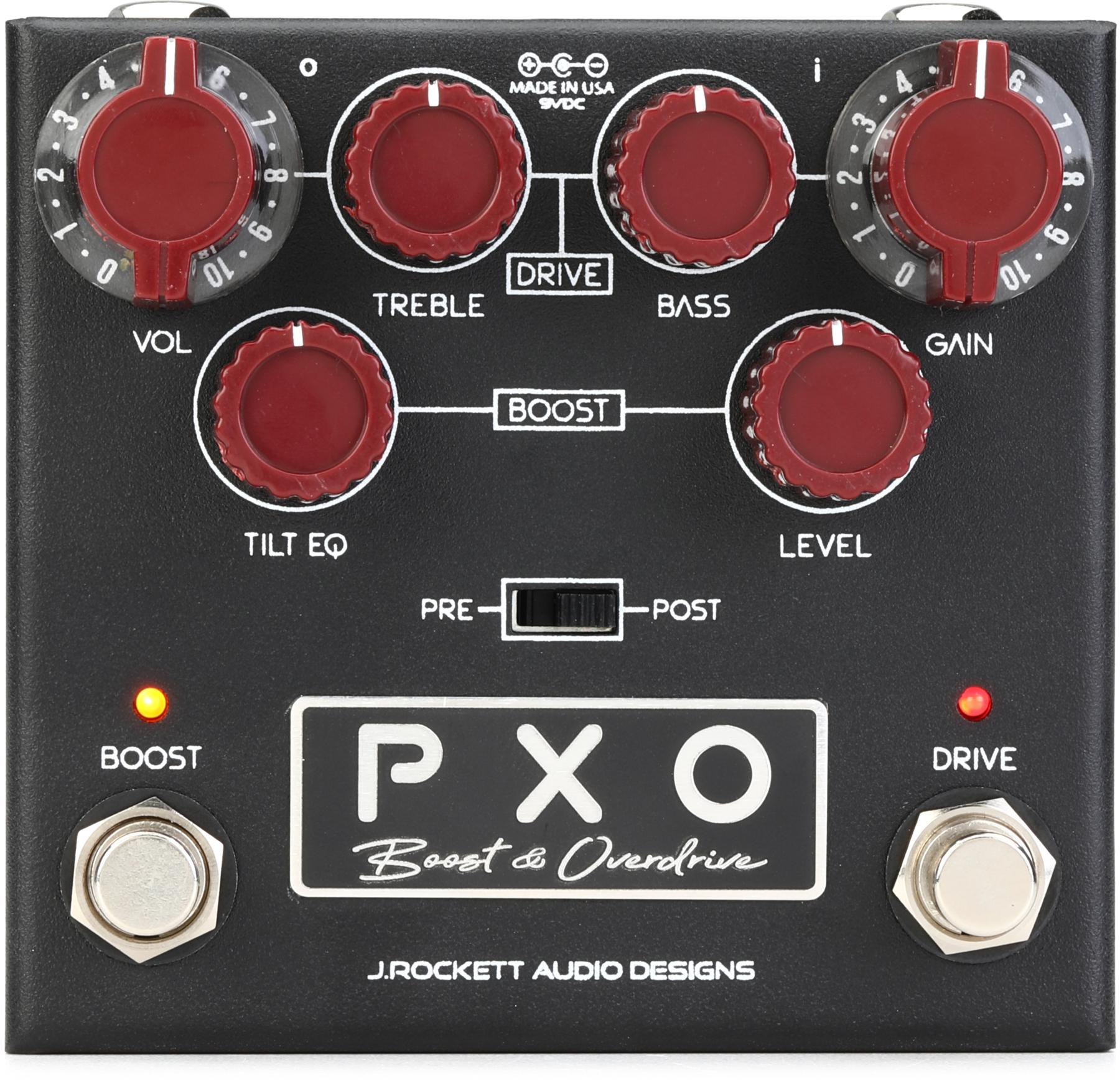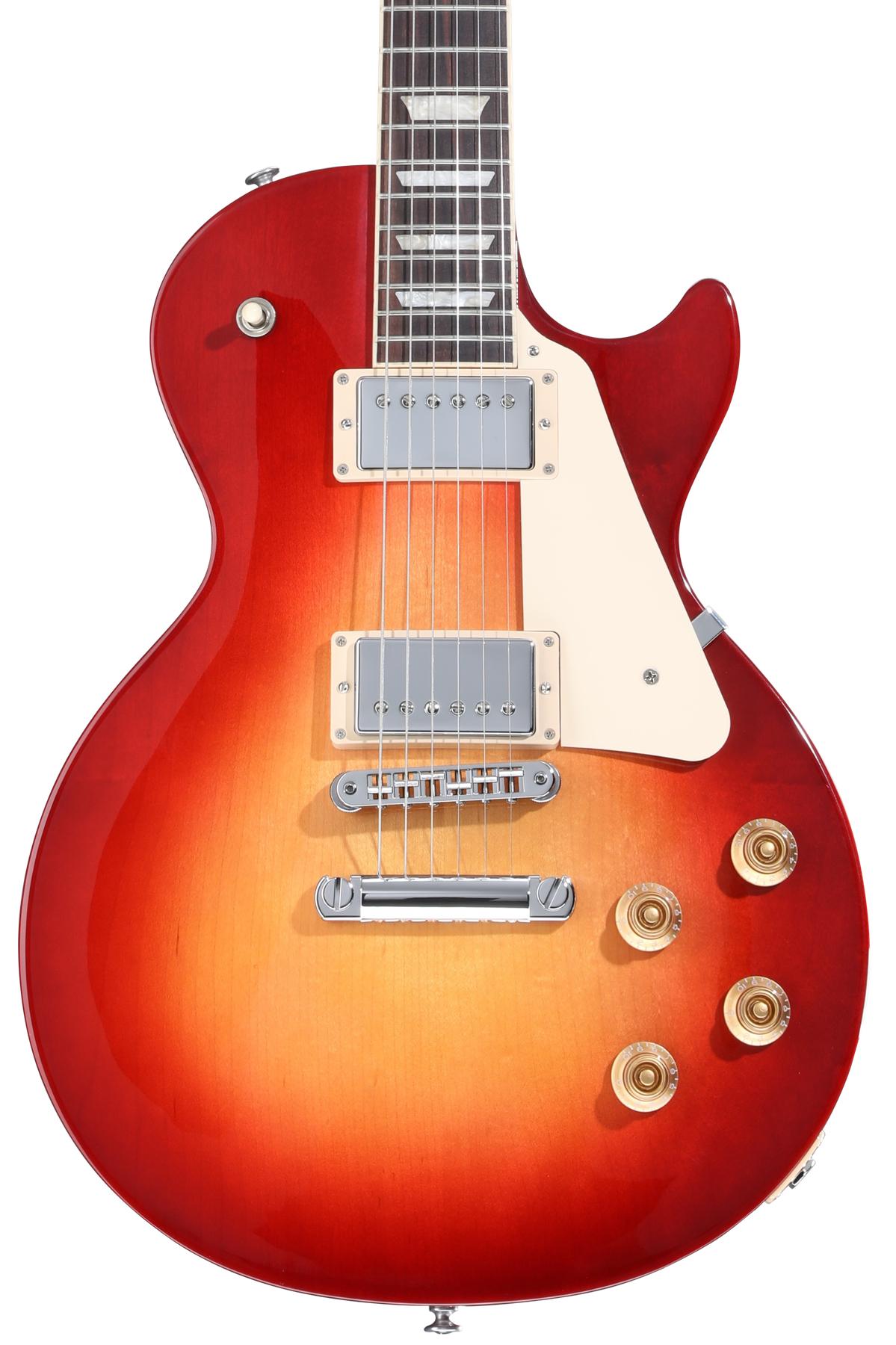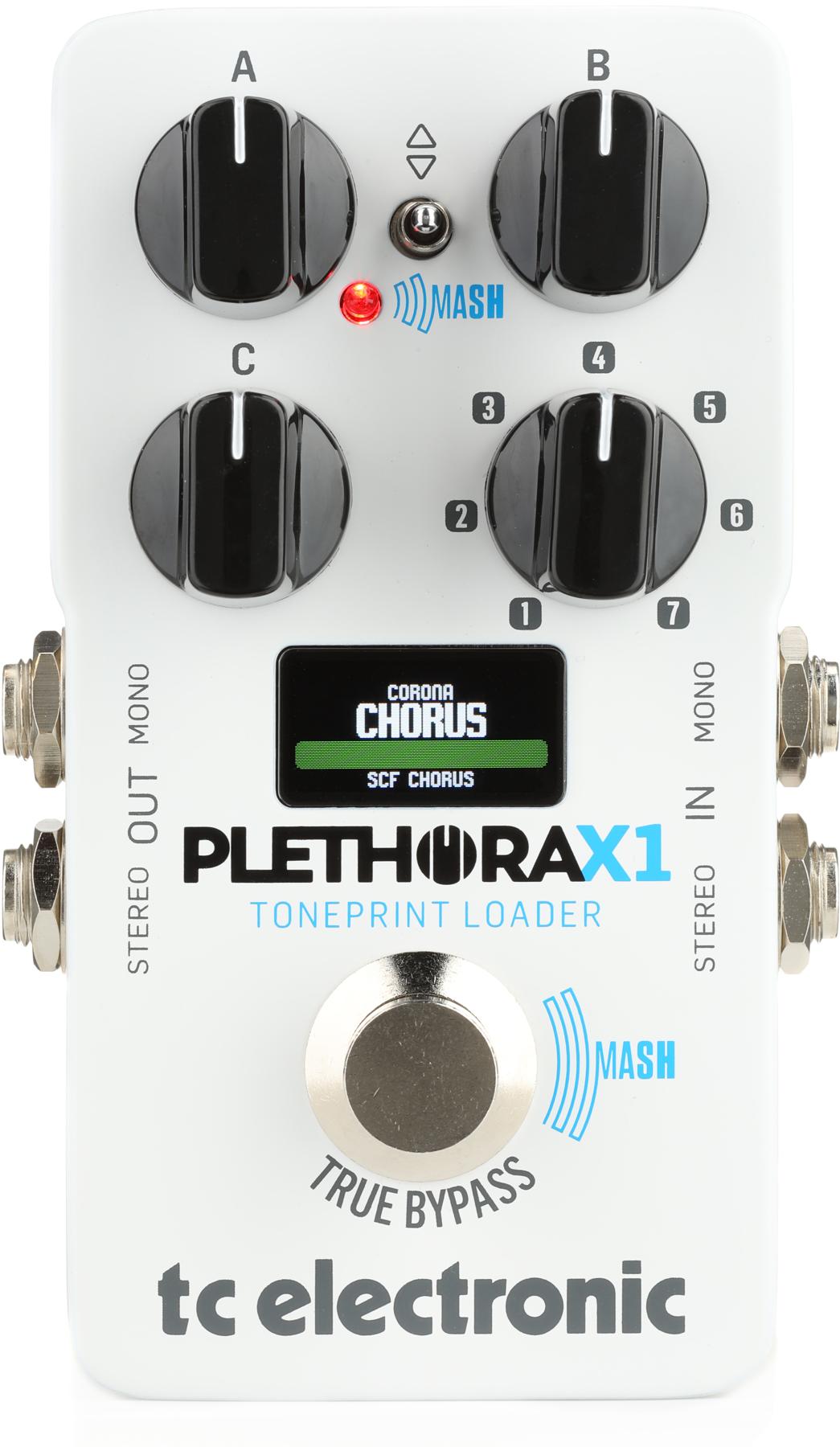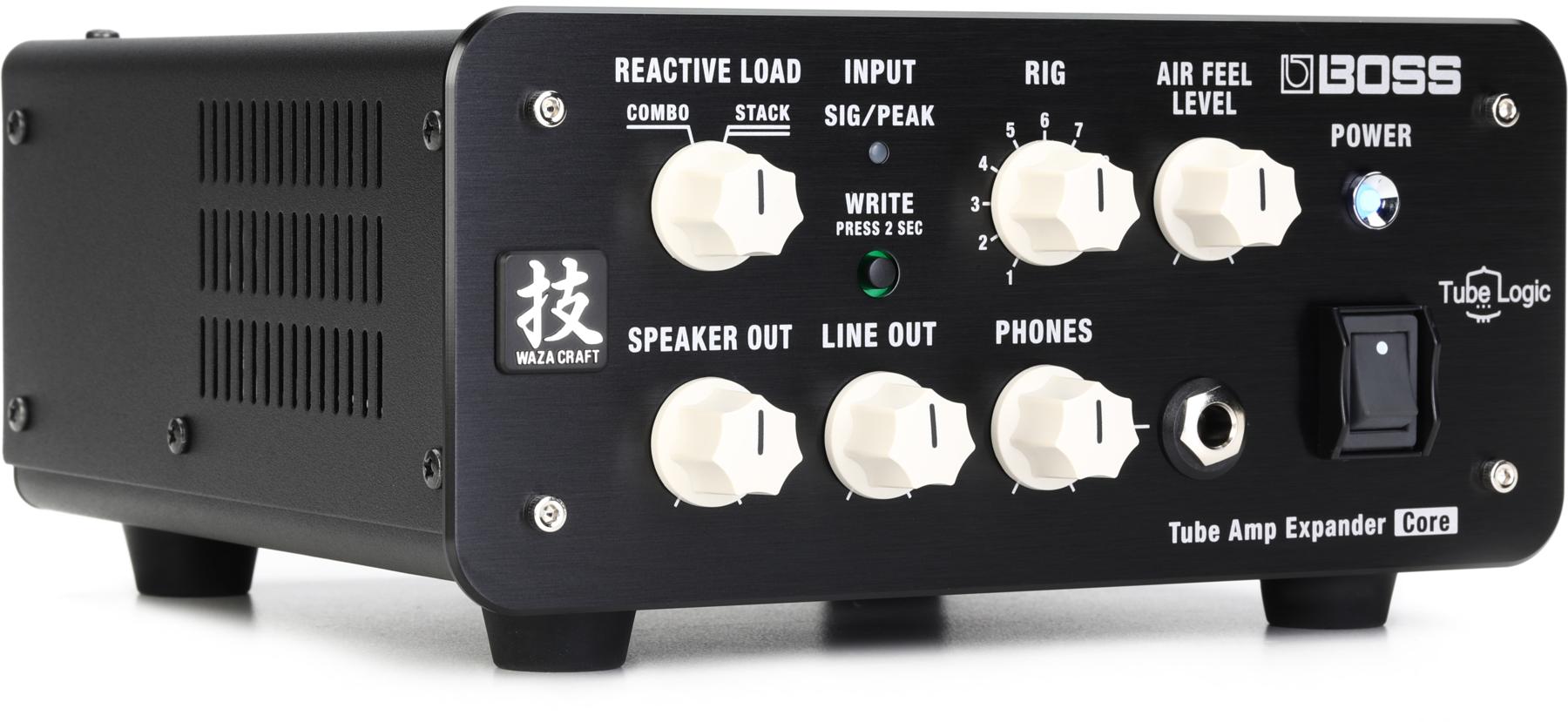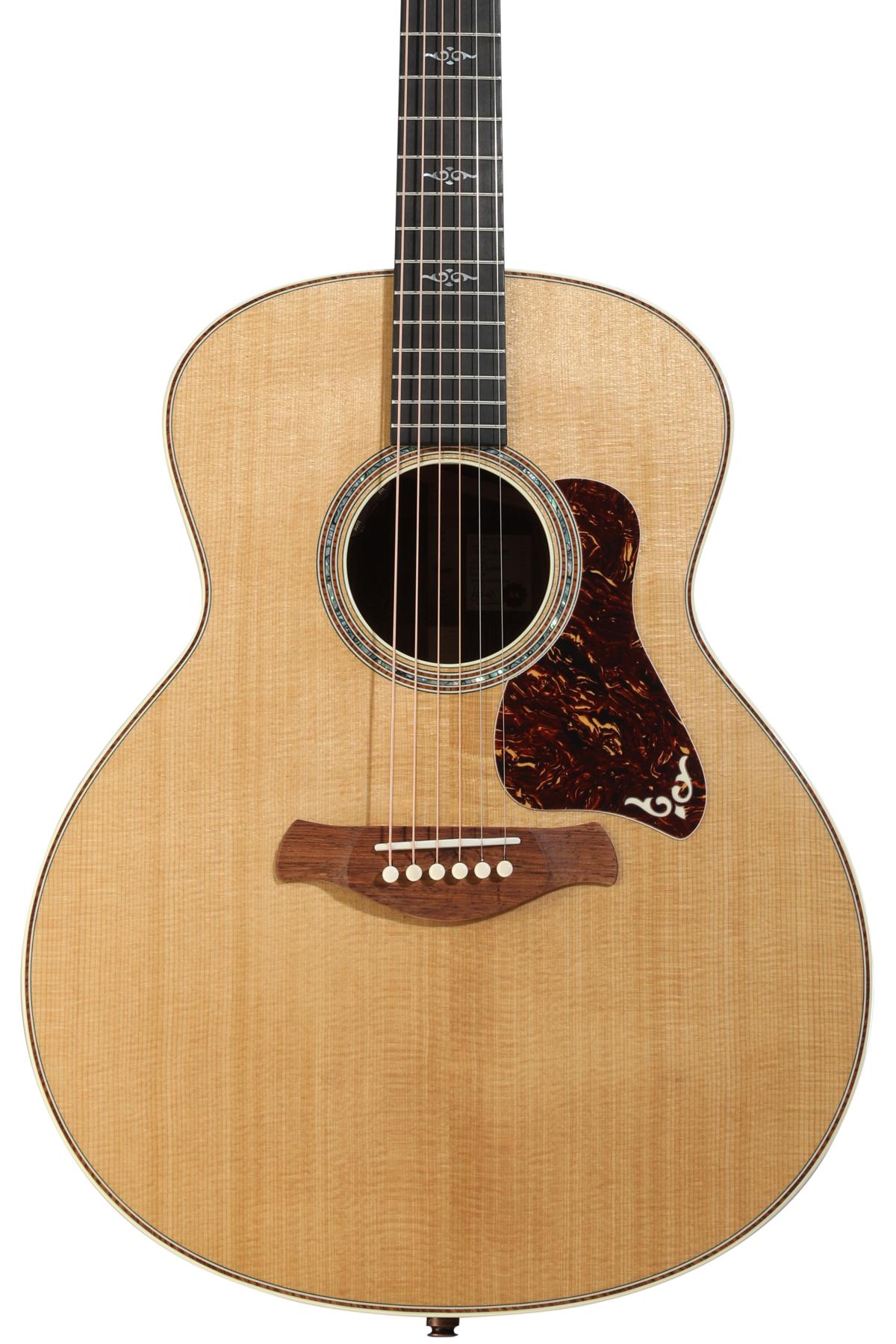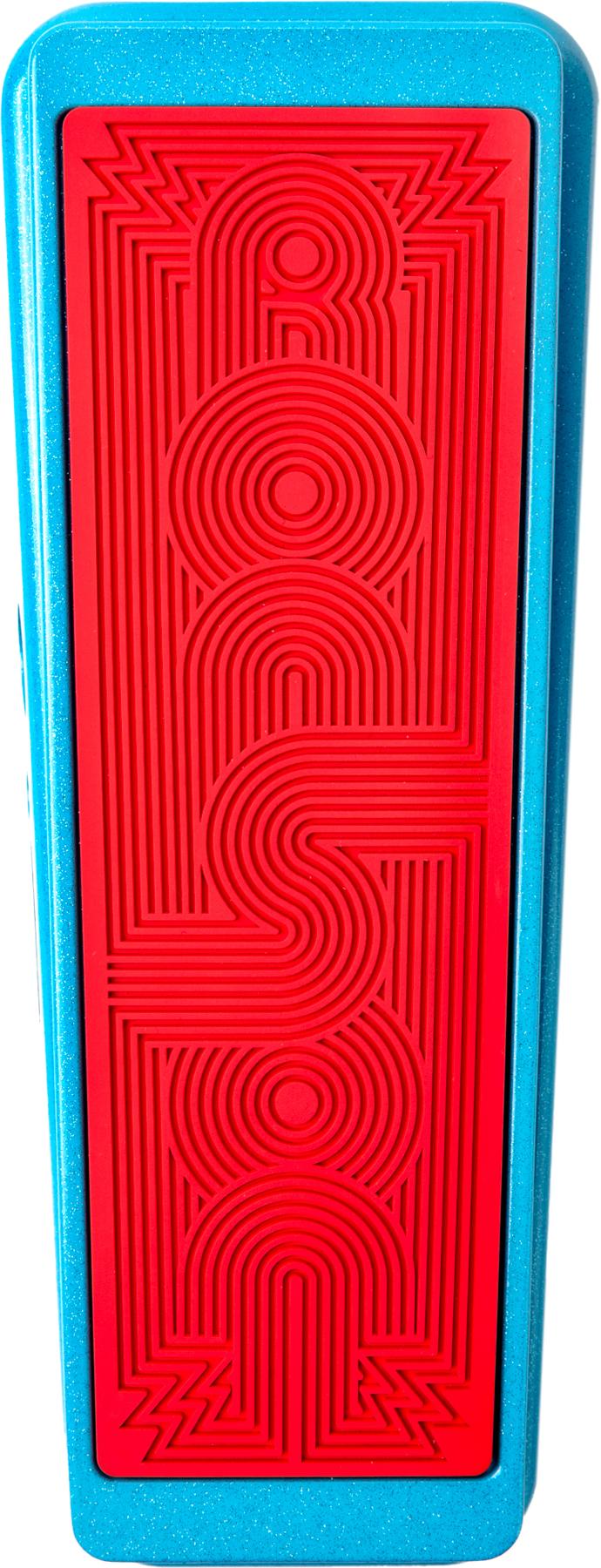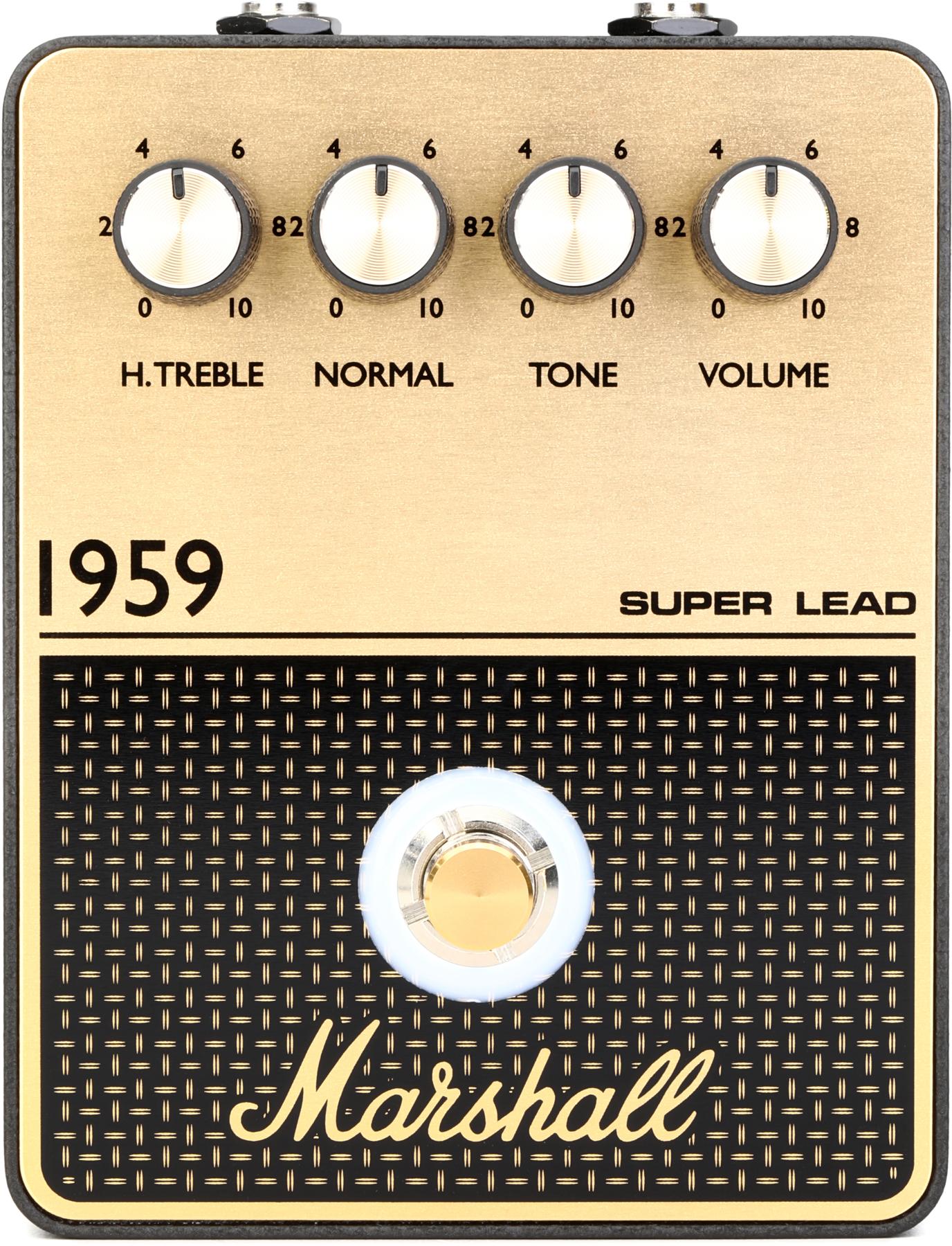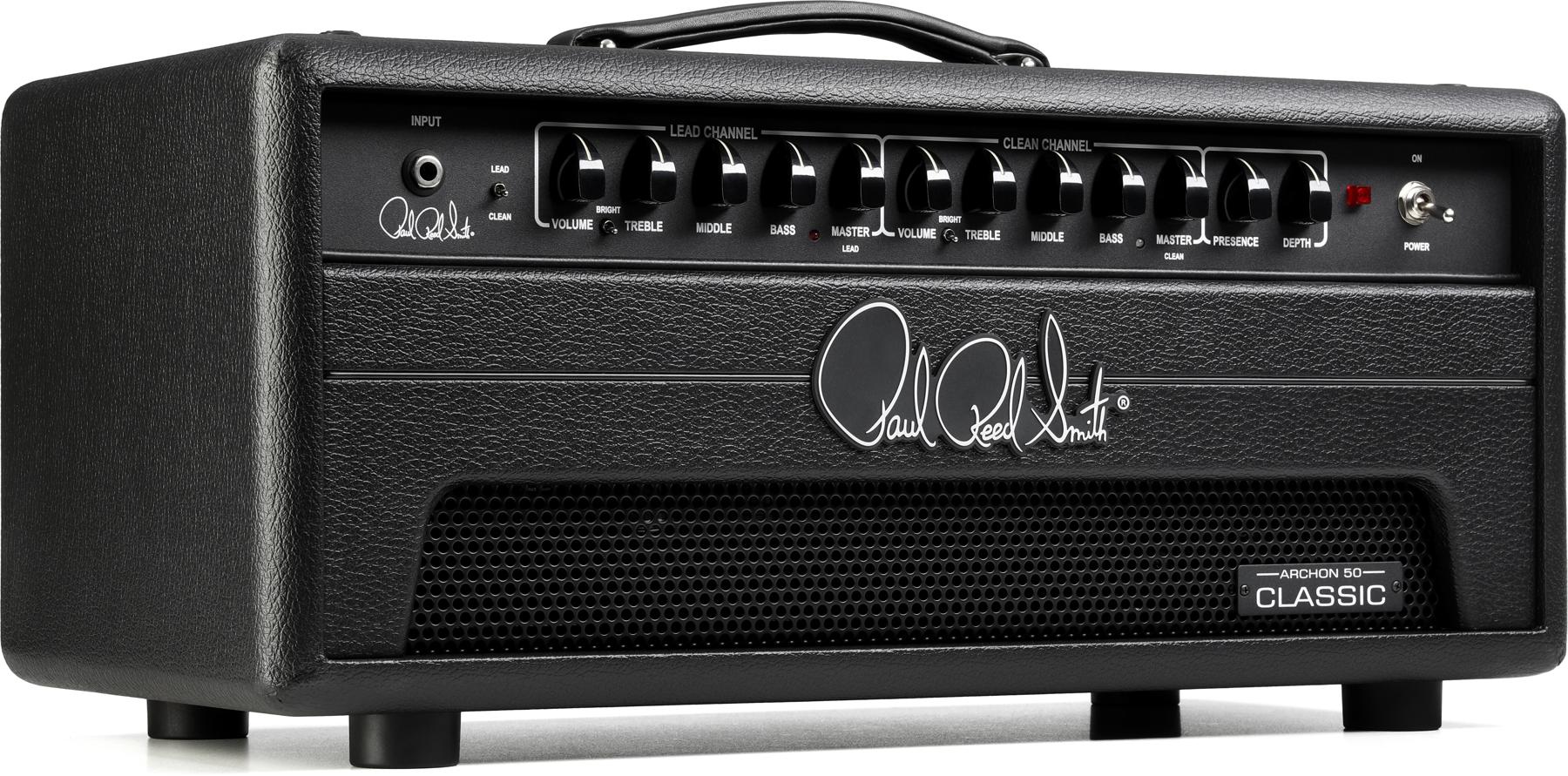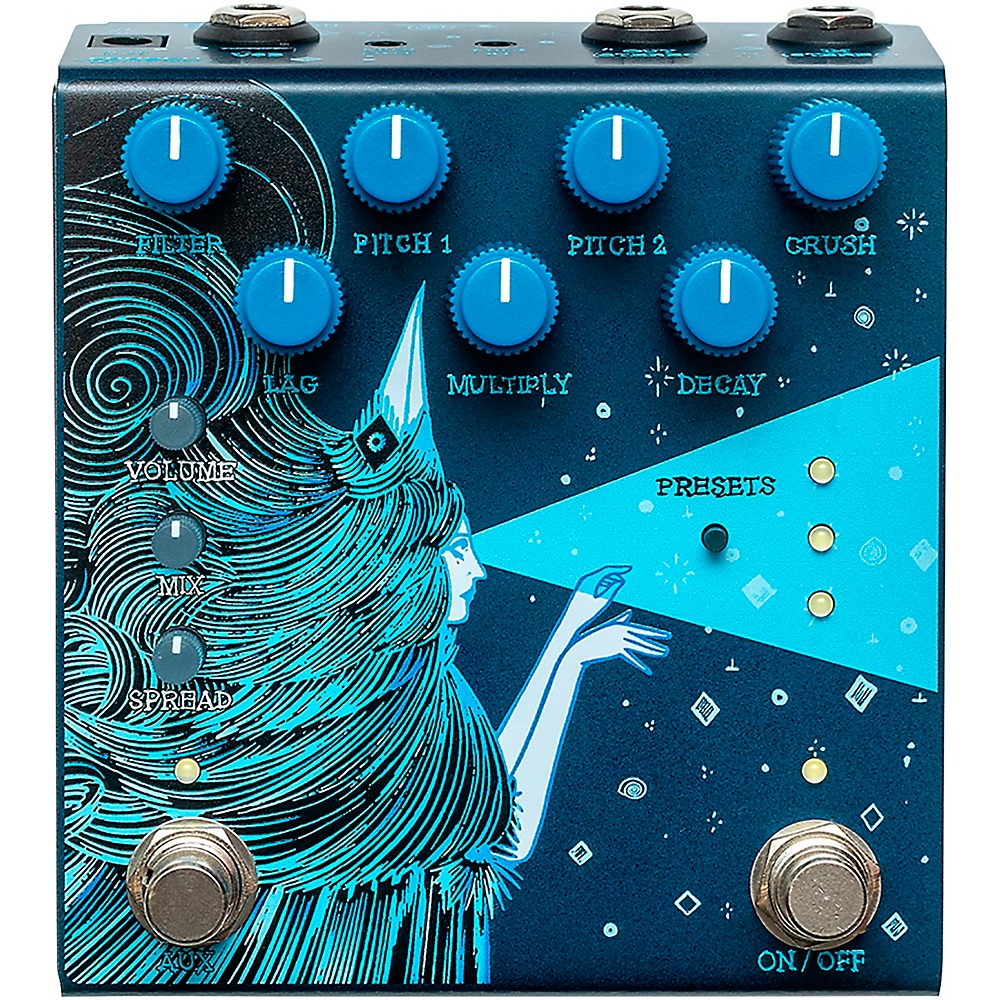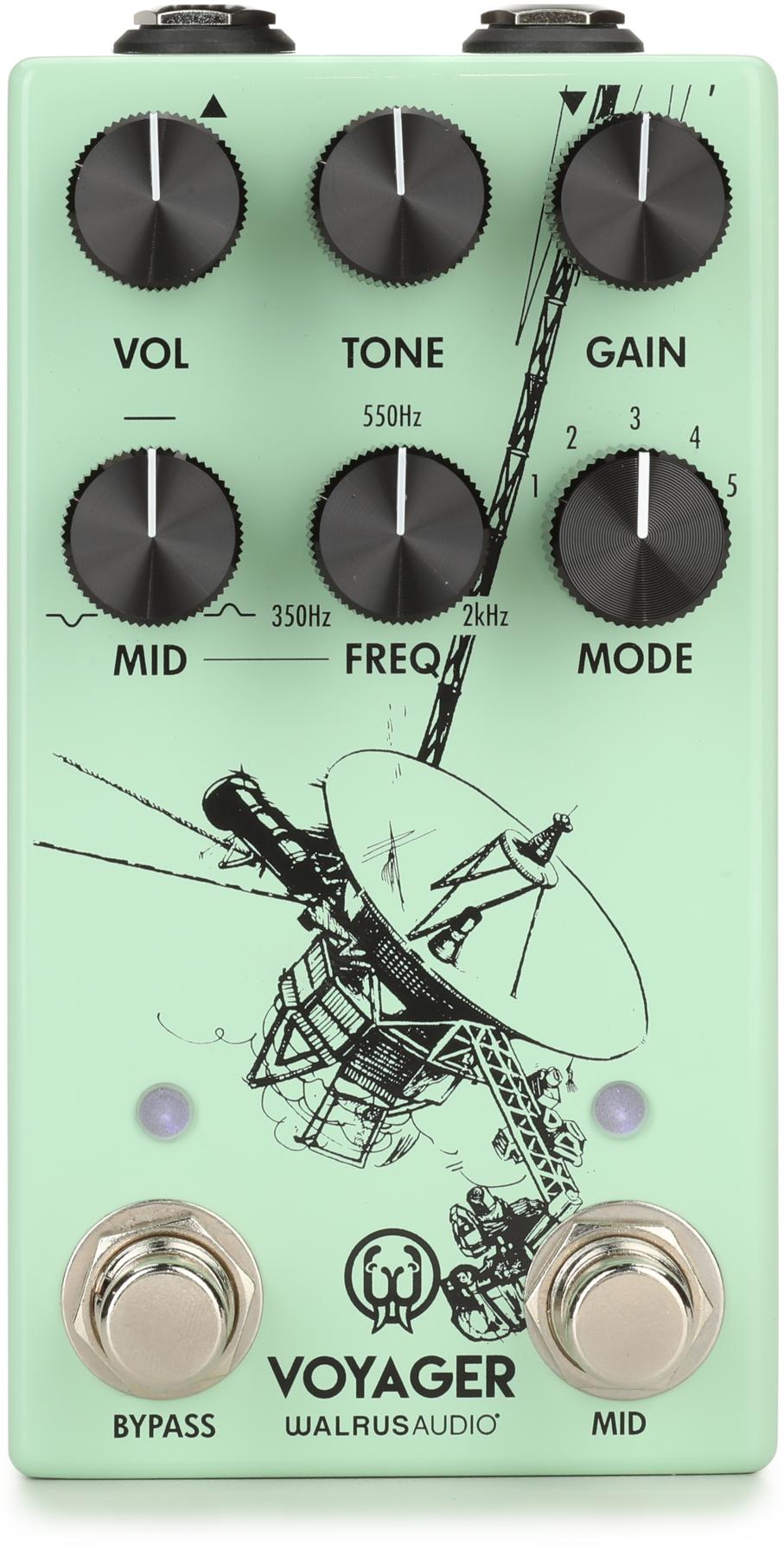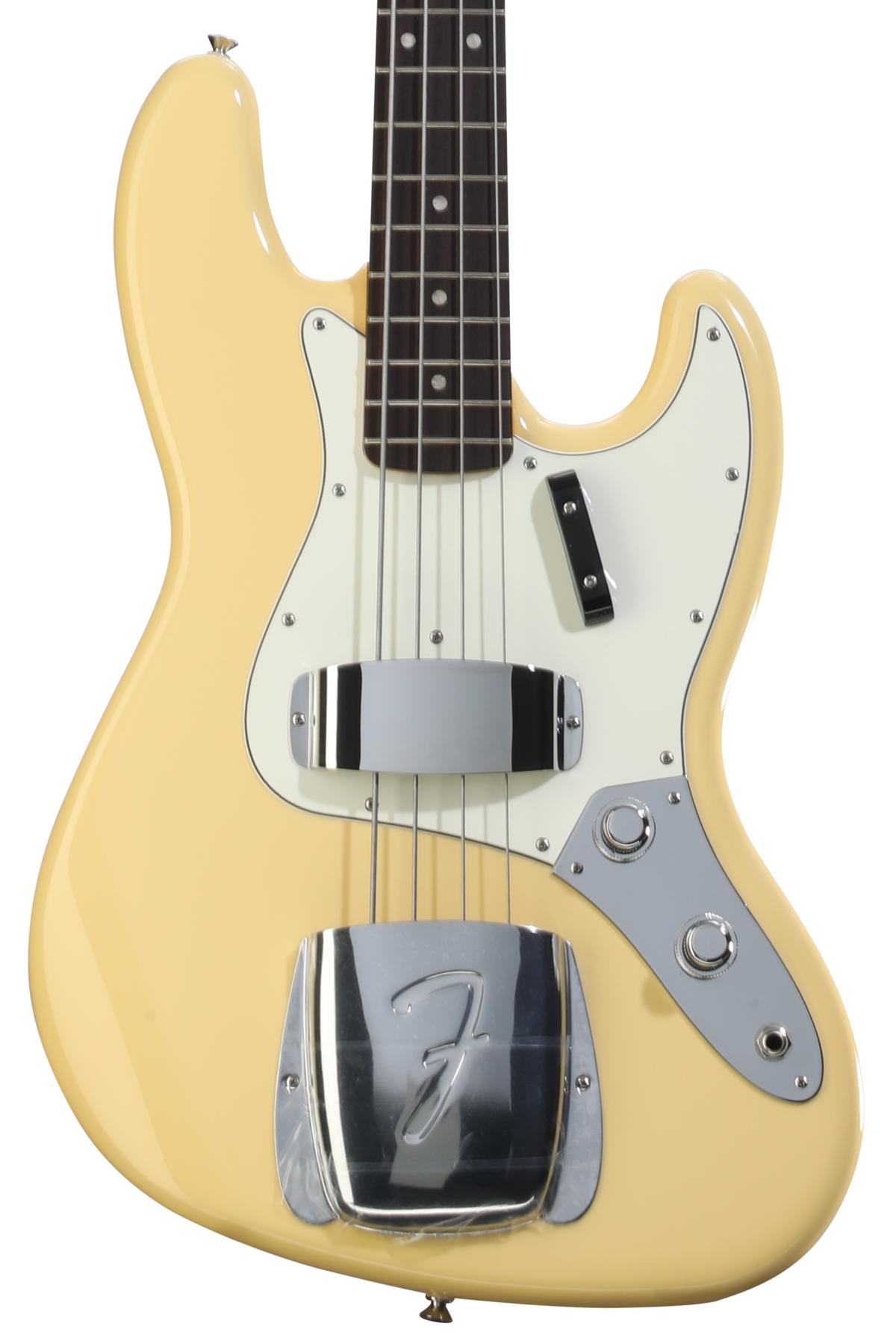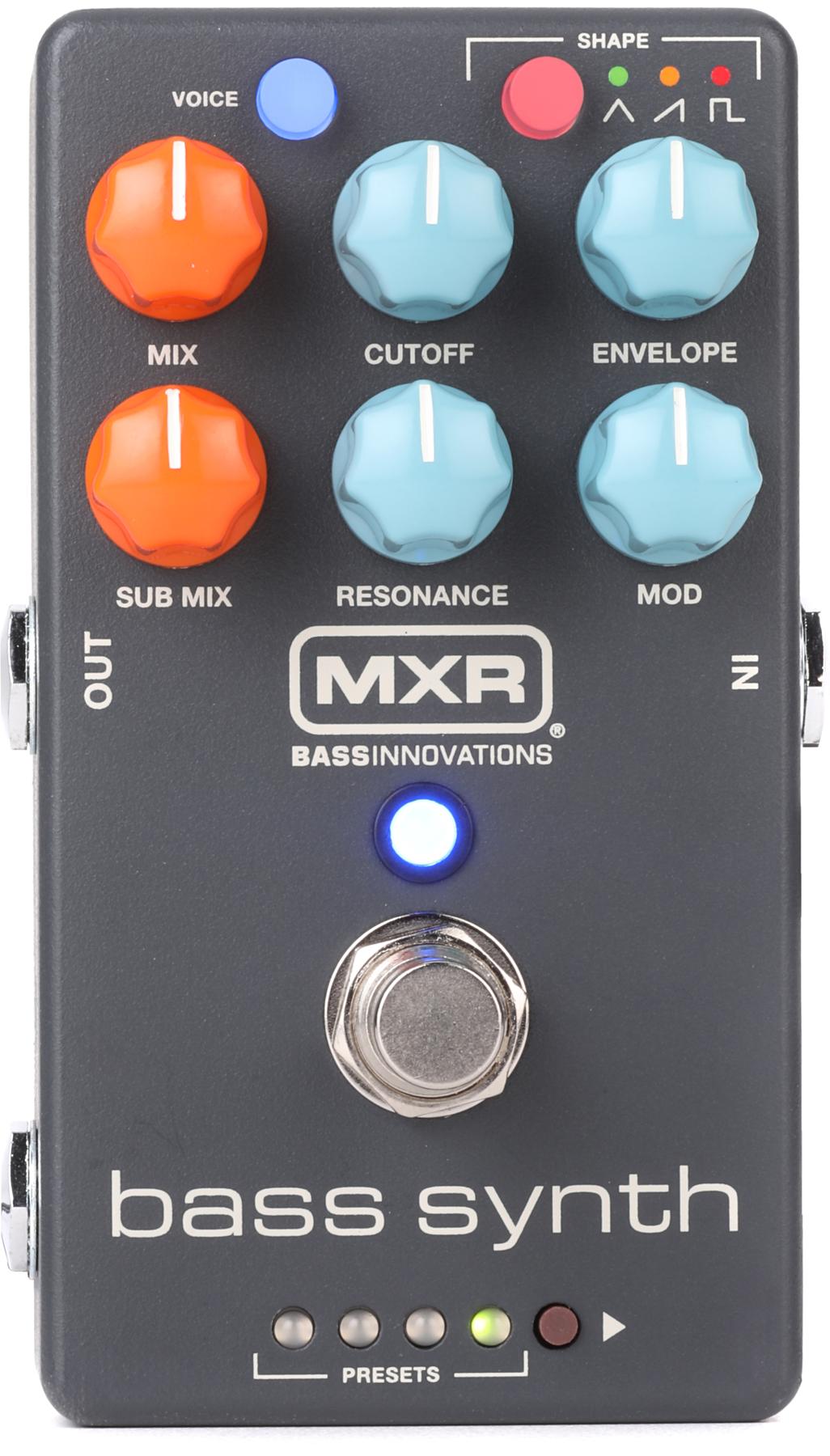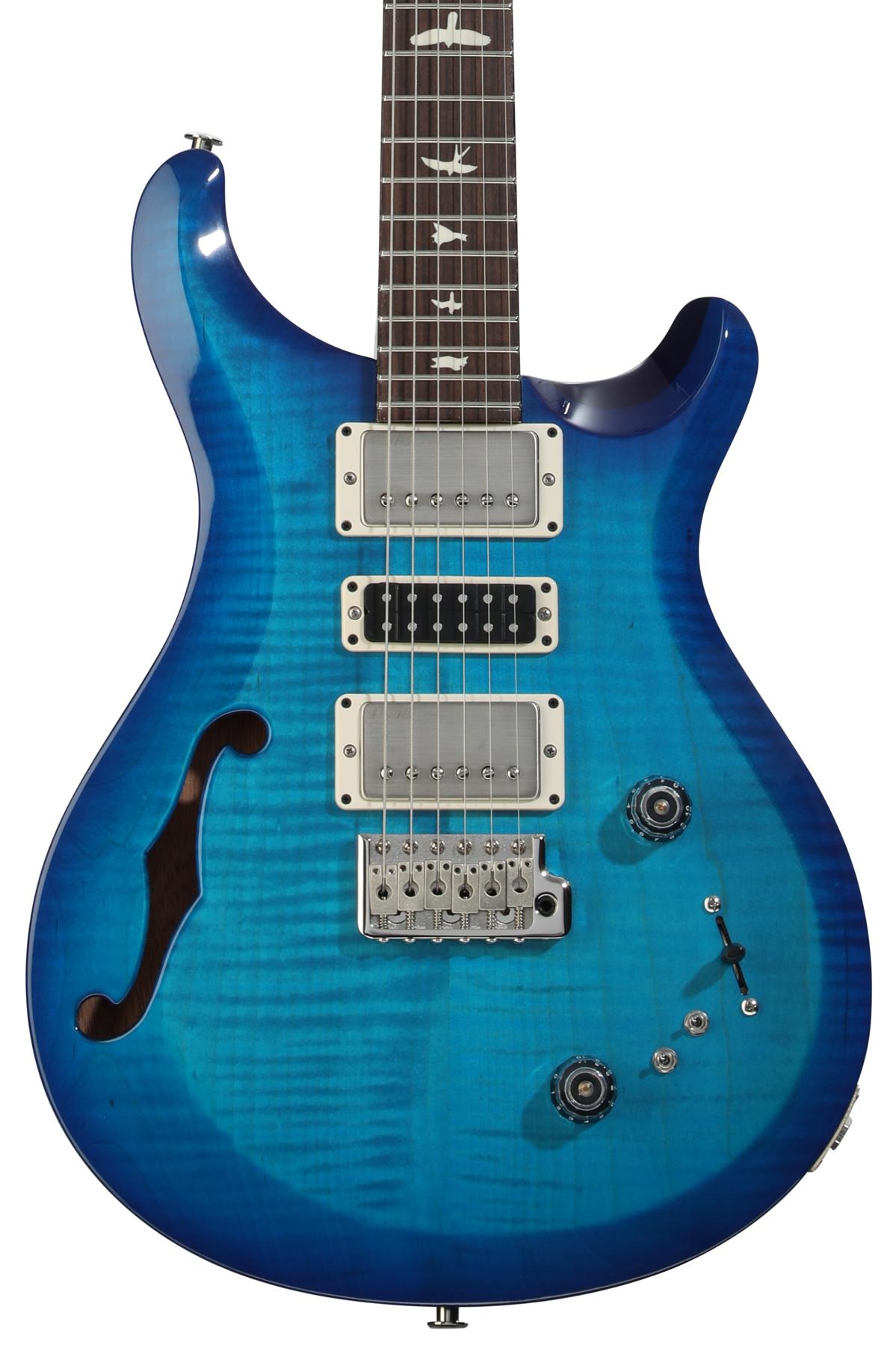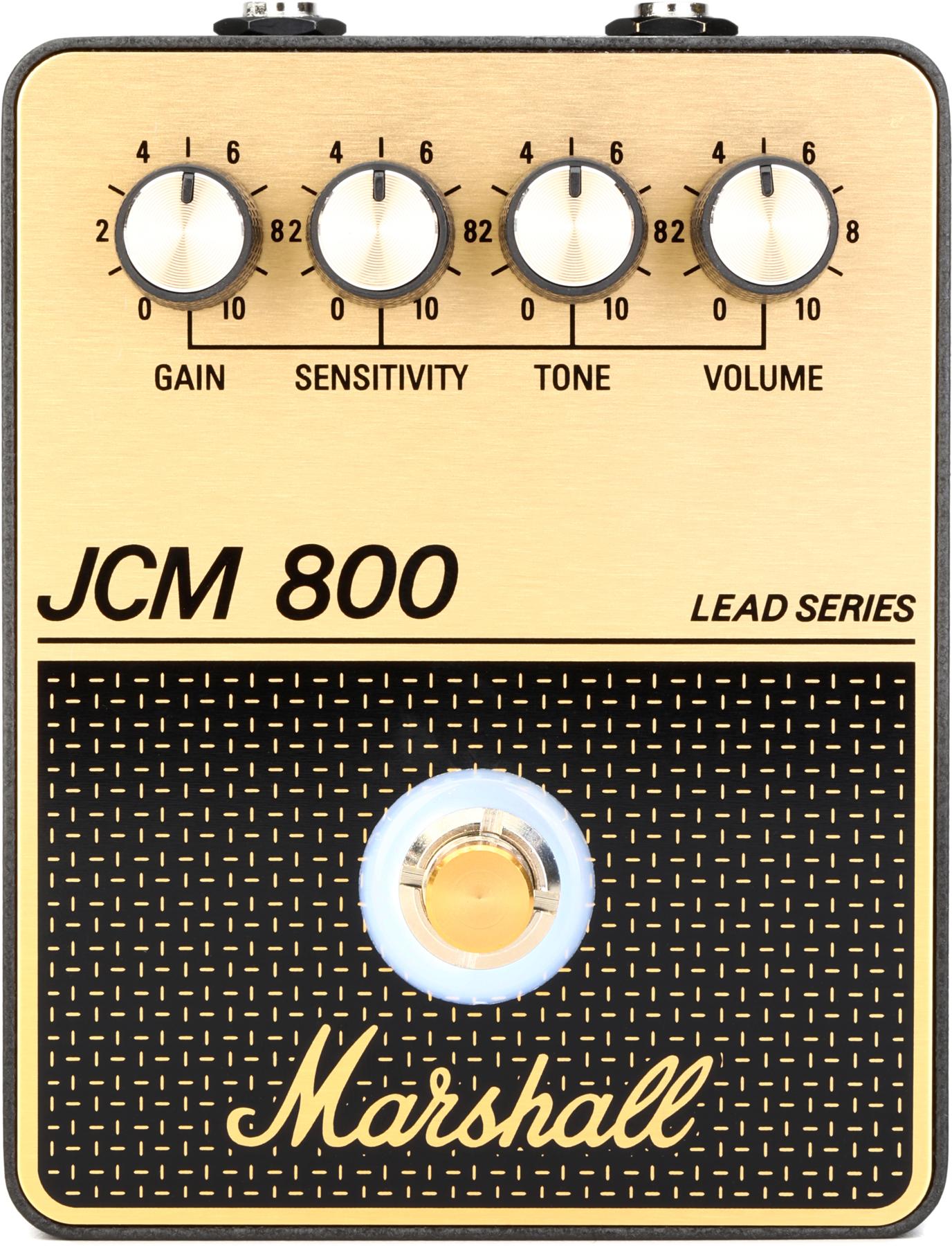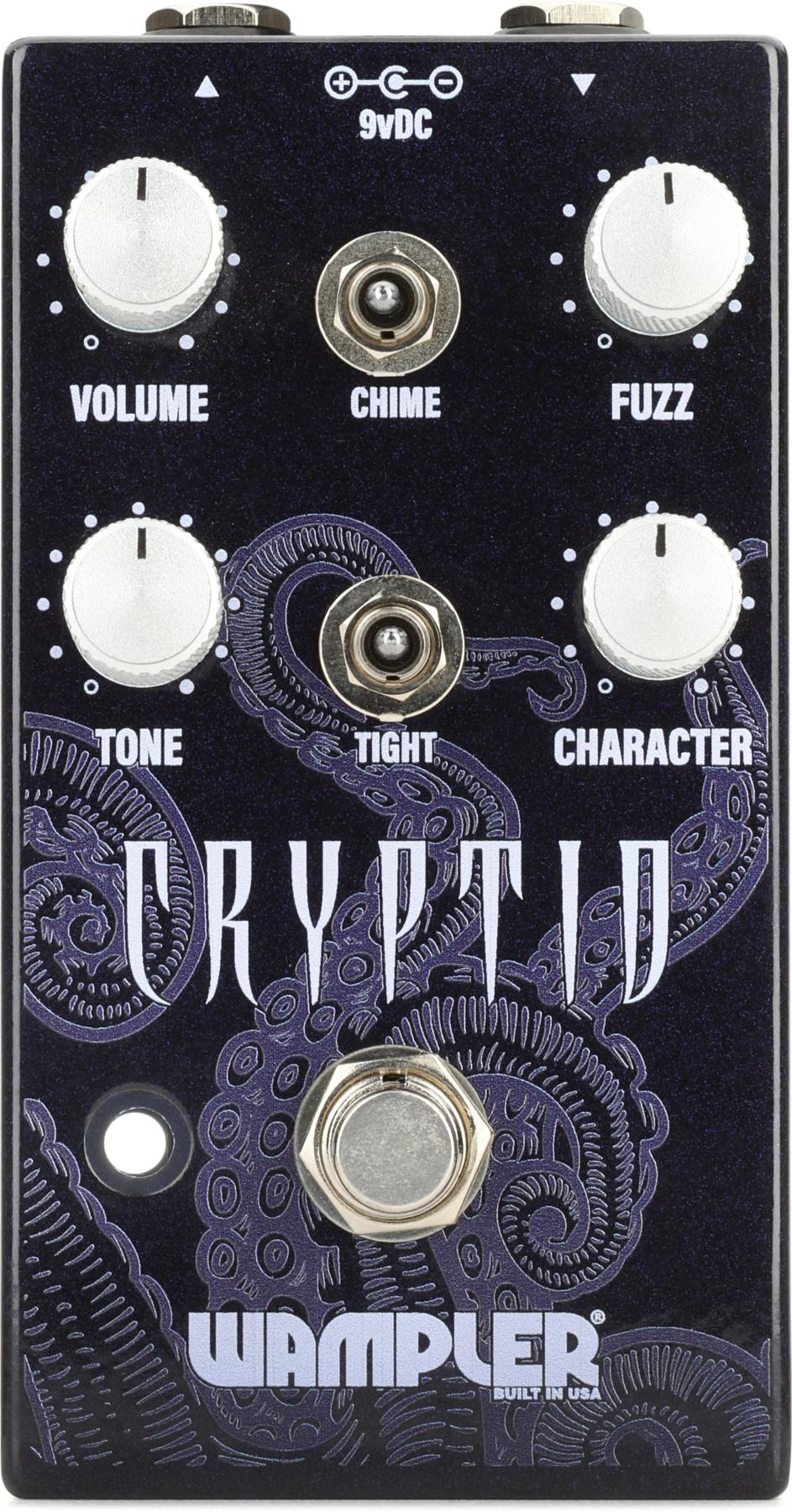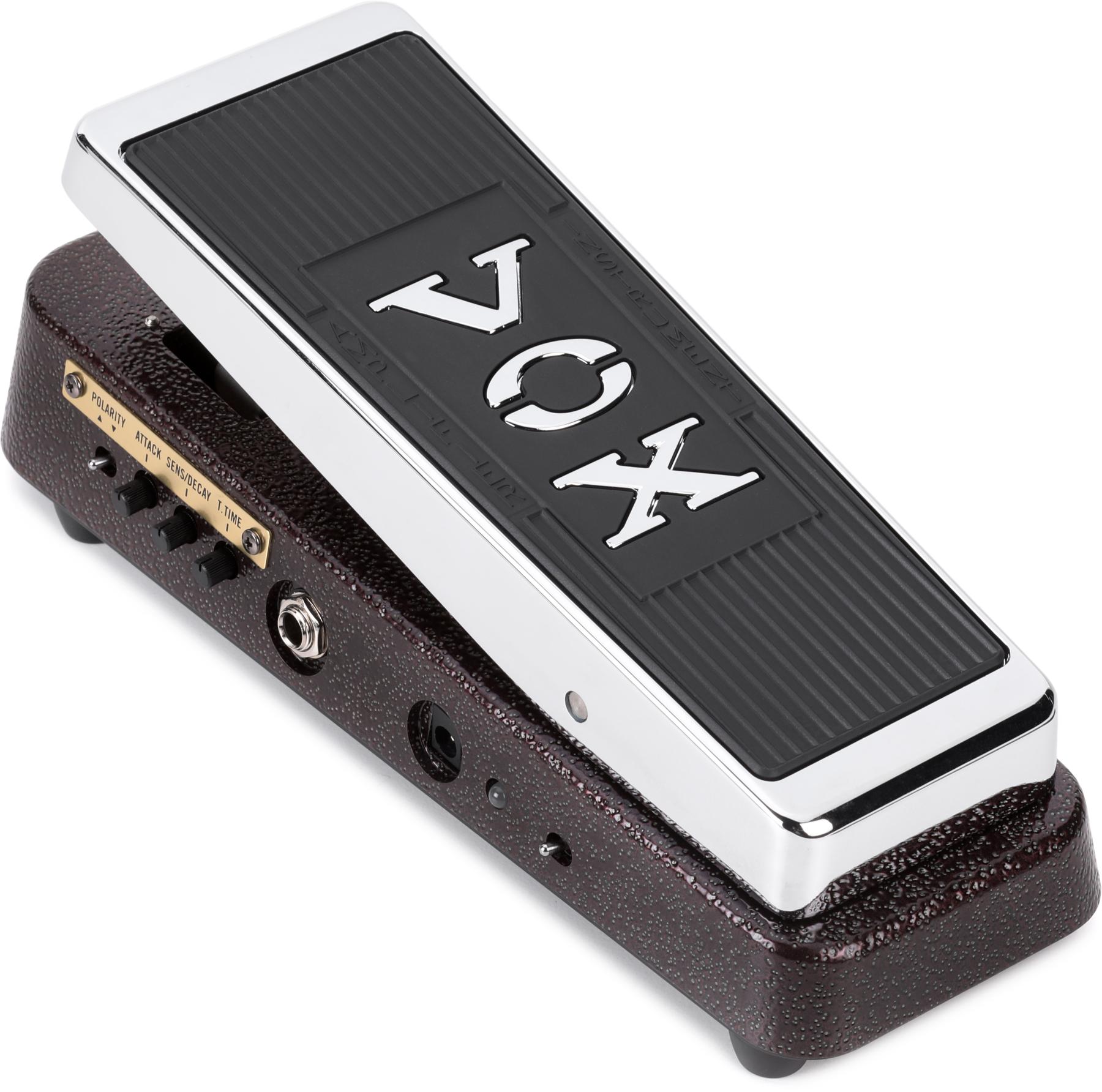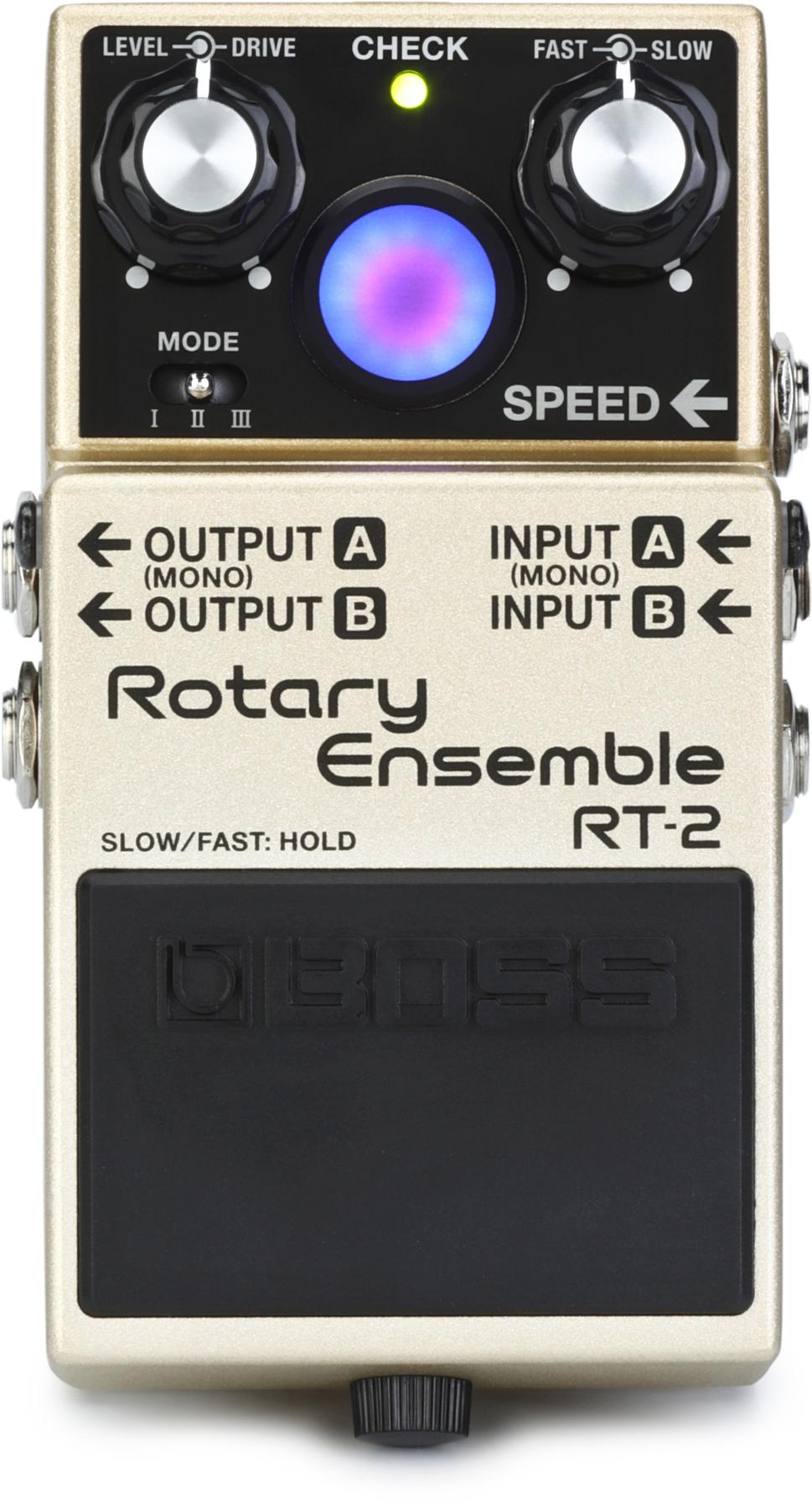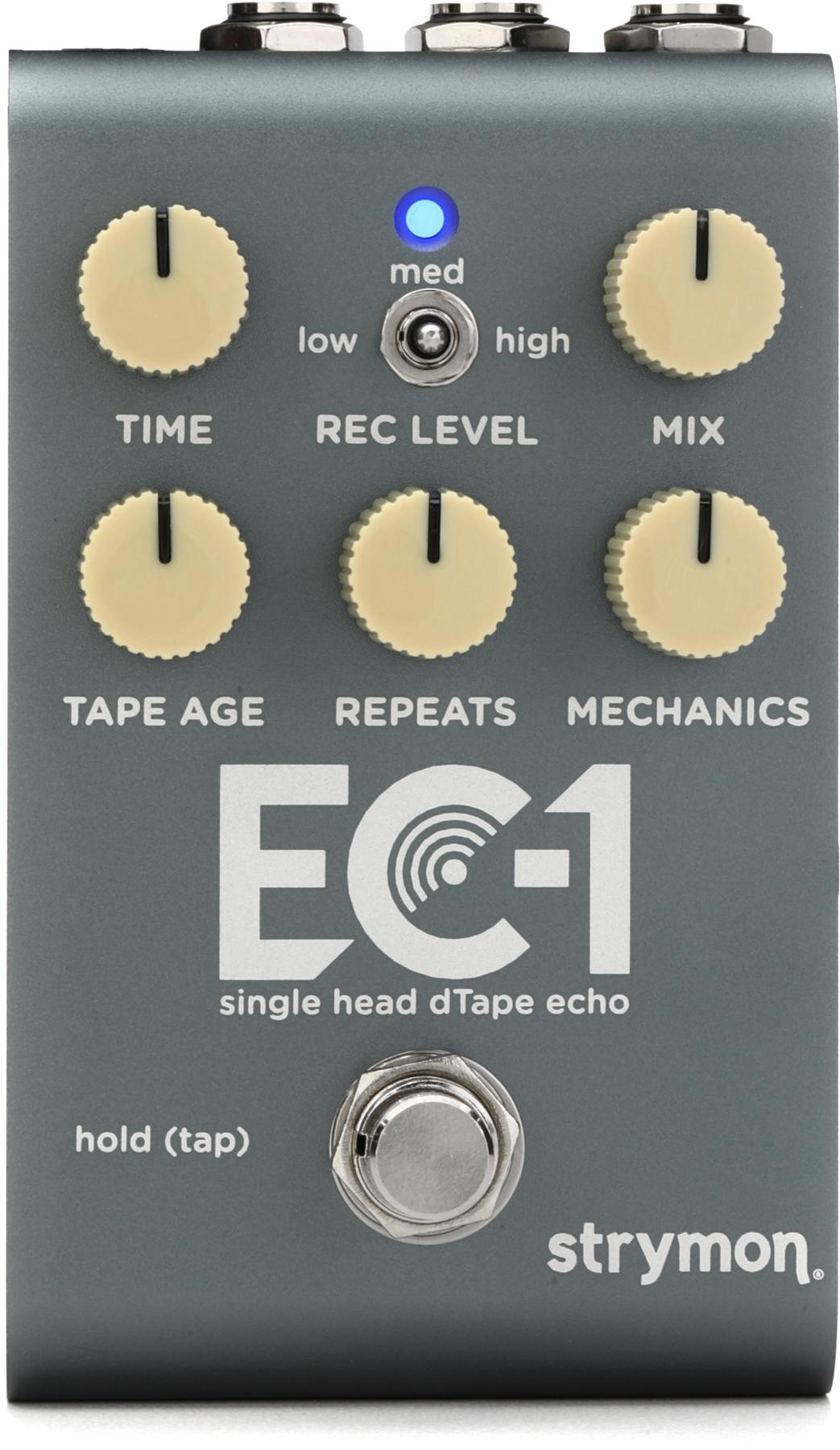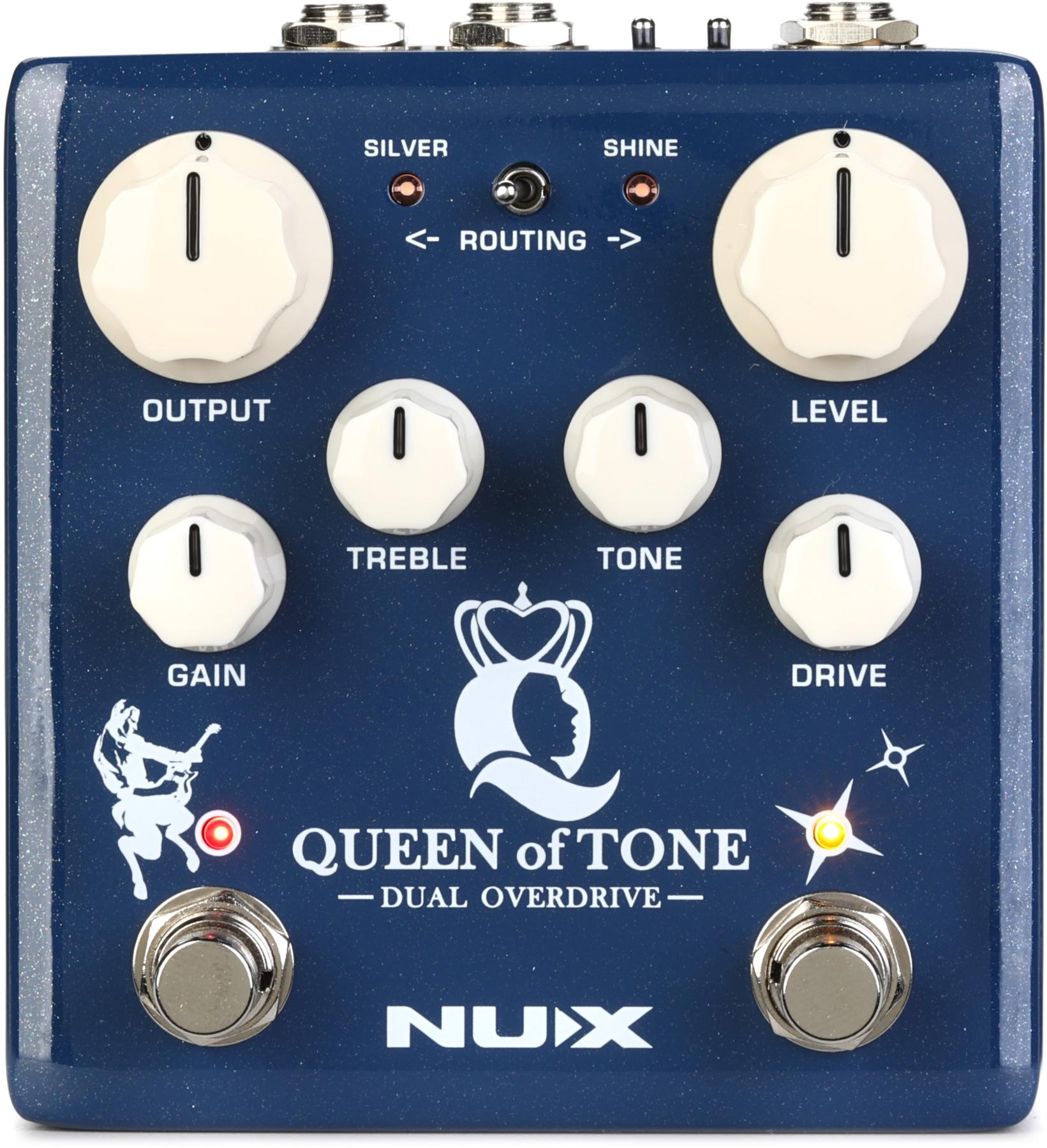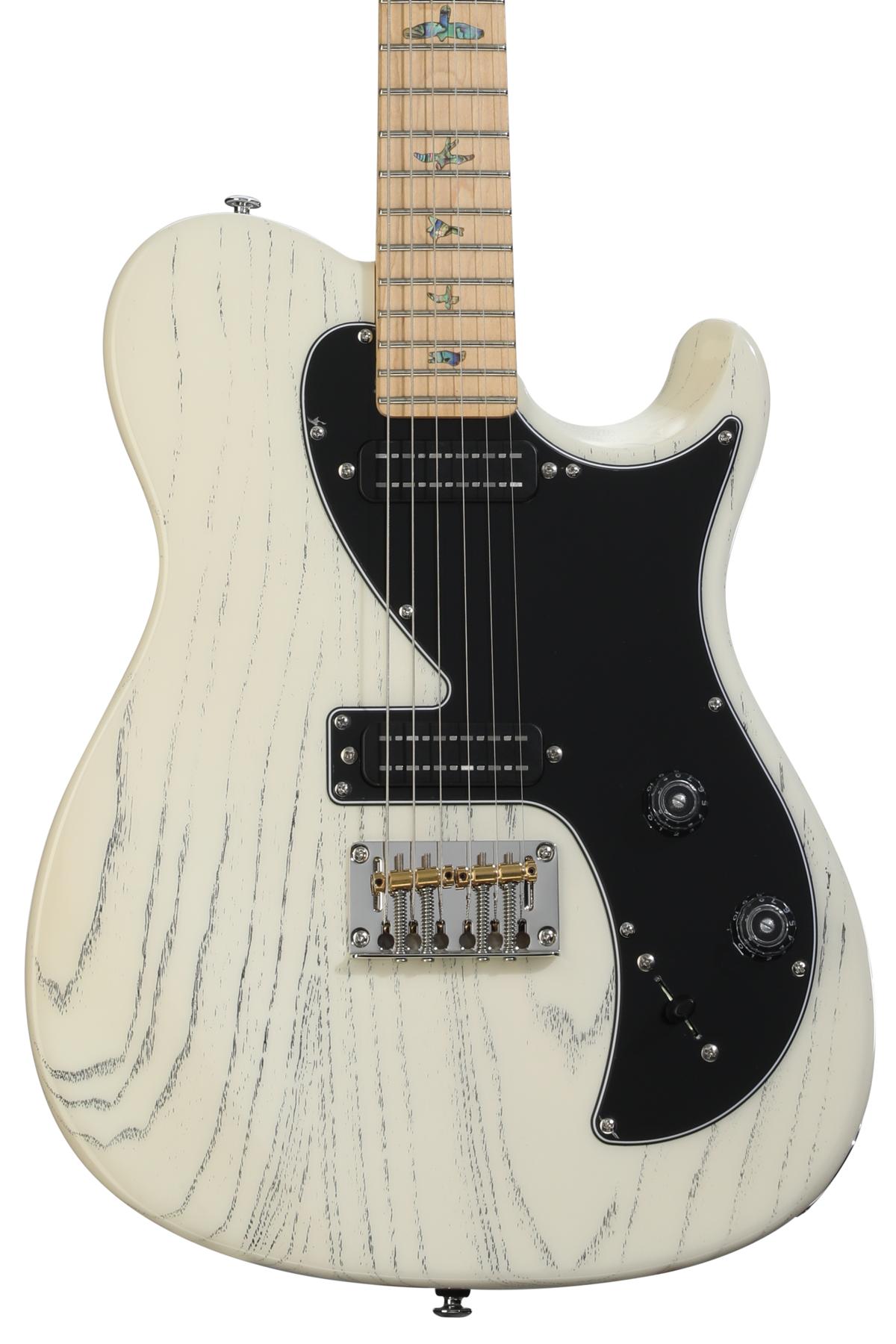 | |
| Sound Clips Coming Soon! | |
| Sound Clips Coming Soon! | |
It’s been coming for some time; now it’s here. And I’ll be very surprised if it doesn’t change some things.
We’ve been eager to get our hands on a Rebel 20 since the prototypes showed up on video many months ago. Some people will call it boutique gear, and it is clearly a pro-level amp, but there’s a far broader appeal here than the term boutique usually implies. For starters, it’s lightweight (and an easy rig to find room for) but it’s loud enough to sound like it should take up a lot more space. That’s good and loud. It’s also sturdily built, uncomplicated, and visually appealing. Oh, and it’s got seriously killer tone.
Knowing Egnater’s amps (as well as his reputation), I was expecting a solid tone machine, but I’m just blown away by how good the Rebel 20 is as an all-around rock ''n roll amp. It’s really small, but it’s also really big. The appeal of a premium amp at this price might make it a considerable option for beginners and cash-strapped gearheads alike, but there is absolutely nothing here for a true purist to sneer at. Here is pure tube tone, feel and responsiveness for the masses.
Features
| Read this month''s web-only review of the Tourmaster here. |
The Rebel head uses Groove Tubes: three 12AX7s in the preamp, a pair of EL84s and a pair of 6V6s. It’s also got a variable Wattage control (that goes from 1 to 20 watts) right on the front panel, so it’s got the room covered, whether it’s the den or a small club. It weighs only 16 pounds and comes with a shoulder-strap carry bag, so it’s perfect as a “grab-and-go” amp, but it still packs a hell of a punch. Our review model came with two 1x12 Egnater closed-back birch cabinets. These are each loaded with a 12” custom-voiced Egnater Celestion Elite 80 speaker (the same speakers as in the Tourmaster combo I dig so very much). The small cabinet is front-ported to facilitate a phenomenal bass and high-end response. One cabinet is really enough for everything but a big venue, but two are… you know, better. Open it up, and you can really push some air, but it doesn’t get to ear-bleeding levels.
Both amp and speaker cabinets have the same two-tone covering, checkered grille-cloth with cream piping, and big Egnater logo that make his amps so easily recognizable. The design is not an extravagant departure from the traditional, but it does give the amp its own look. In addition to the Watts control, the Rebel 20 features a single input, On/Off and Standby switches, a standard 3-knob tone stack, Master Volume, Gain, Tight and Bright switches, Tube Mix control, and an effects loop that accommodated a variety of effects with no tone loss or noise. In other words, you get a lot of control over this pint-sized beast.
Tube Mix
There are many new ideas in high-quality amps these days, but few that routinely get down to business like Bruce Egnater’s ideas. The original big idea for the Rebel 20, when it was first announced, was to offer a switchable option between 6V6 or EL84 output tubes (check out the video from the New York Amp Show, or NAMM 2008 for a look at the prototype). 6V6s are said to be smoother and warmer, while EL84s sound more vigorous, raw and chimey, like the classic British-voiced amps. What everybody knows, though, is that however you describe them, there’s a distinct difference in the way they sound, so this feature is like having two amps in one high-quality, single-channel head.
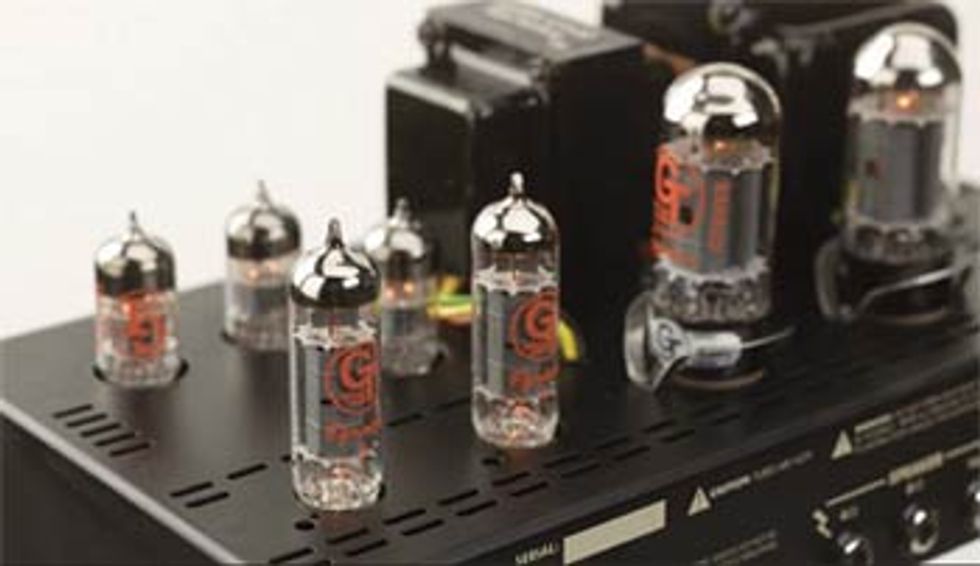
The advantage of blendable output tube types really comes down to adding versatility to the amp’s voicing—much more than you can get by just switching tubes. There is enough versatility there to dial in a whole catalog of great rock tones. You just need to adjust the front panel controls while you play, and let your ears do the walking. This is going to appeal as much to gearheads already deep into high-end amps as it will to players who may be shopping around for an upgrade but haven’t decided how far they want to go. And of course the knob-fiddler in me finds it extremely gratifying.
Just experimenting with the controls while I played it, I started recalling songs I haven’t played in years. The tones were so authentic. Blues-rock, glam classics, garage rock, definitely metal, meaty eighties power chord stuff, Detroit sound; this amp does all of it. The Rebel’s got a well-defined, articulate crunch that loosens or tightens with a twist of the Tube Mix knob, or the flick of the Tightness switch—a rumble removing cutoff that helps you to keep the low end from getting too flabby or mushy at higher gain. With the EL34 output tubes selected, using the switch will give you that controlled, Marshall-sounding bottom. The 6V6s are a little rounder and softer, while the EL84s are a little throatier, bolder, with more bite. With gain, both exhibit crispness, satisfying harmonics and sweet sustain. The Brightness switch adds presence and clarity; using it along with the Treble control vastly expands the tonal variety of the high end.
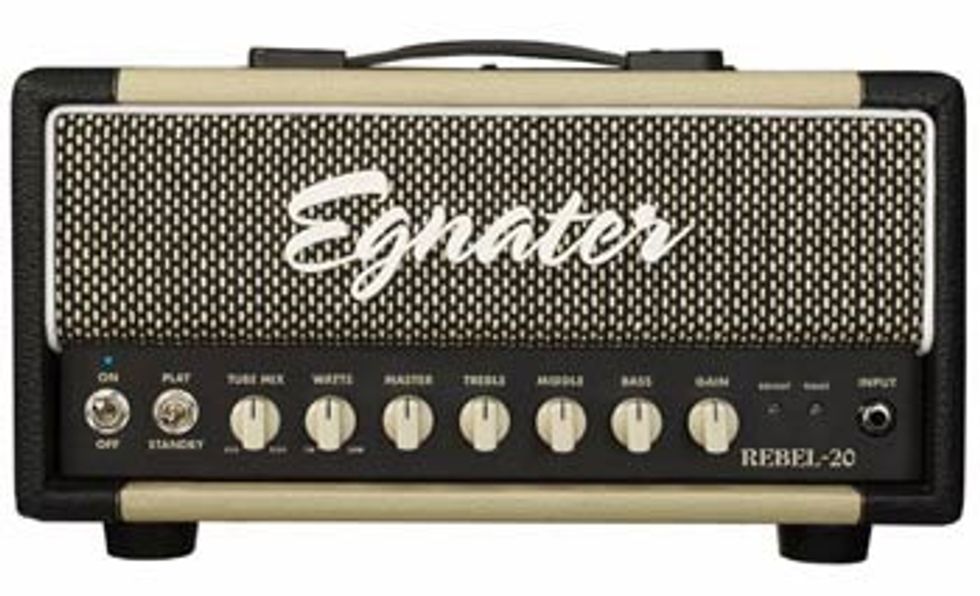
There is a lot of gain here, far more than you’d need for all but the hardest rock. You can easily pull off metal, and the old-school metal tone will knock your socks off; the low-mids are not for the fainthearted, and the ported cabinets are obligingly responsive to ass-kicking low end. Dime the Rebel 20 and set the Tube Mix knob to 6V6 and this amp becomes a blunt weapon, but not a bludgeon. Turn the Tube Mix over to EL84 to add a fierce edge for thick, searing leads.
I had to share this amp with somebody—it was too good to keep to myself—so I invited fellow reviewer Jordan Wagner to bring a guitar in and give it a listen. We plugged in his 1978 LP Custom with Tom Anderson pickups and immediately came down with a case of “Now that’s what I’m talkin’ about!” fever. I’m still having dreams about that tone, it was so ballsy and pure. The Burstbuckers on an all-mahogany LP Studio also sang and cried—the crunch from the bridge pickup was edgy and bright, and the woman tone off the neck pickup was like a fat, rich howl.
Like Egnater’s ideas, the quality is also first class—it’s built like a little tiny tank—and his team has earned a reputation for taking care of their customers and their business. Unless you’re a one-amplifier kind of player, and you love that one above all others, it’s very difficult for me to see any reason why you wouldn’t go for one of these. This is paradigm-changing gear.
Buy if...
this one''s mine! You hear me? Go get your own! I mean it, get your own!
Skip if...
you''ve got your heart set on a Tourmaster.
Rating...
Street Head: $599 Cab: $299 - Egnater Amps - egnater.com |
Our expert has stated their case, now we want to hear yours. Share your comments and ratings below.



















